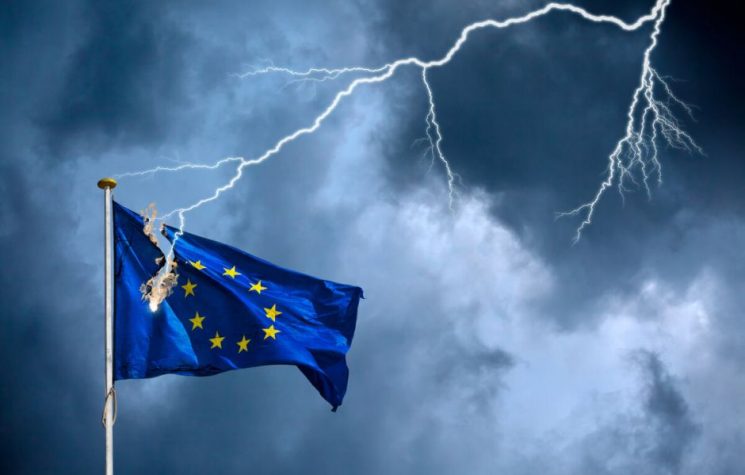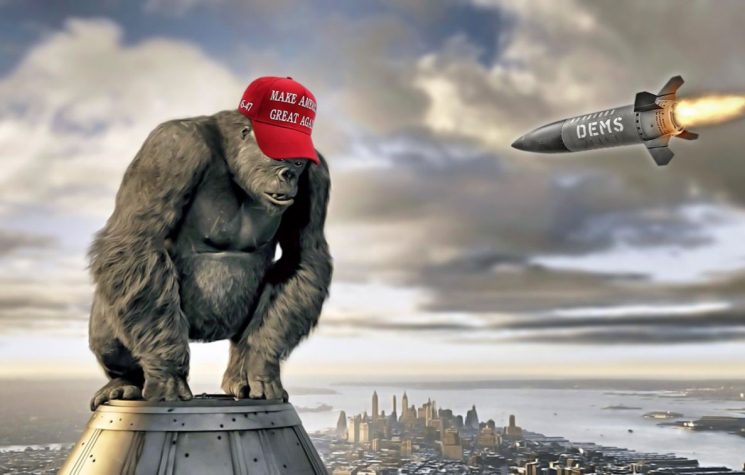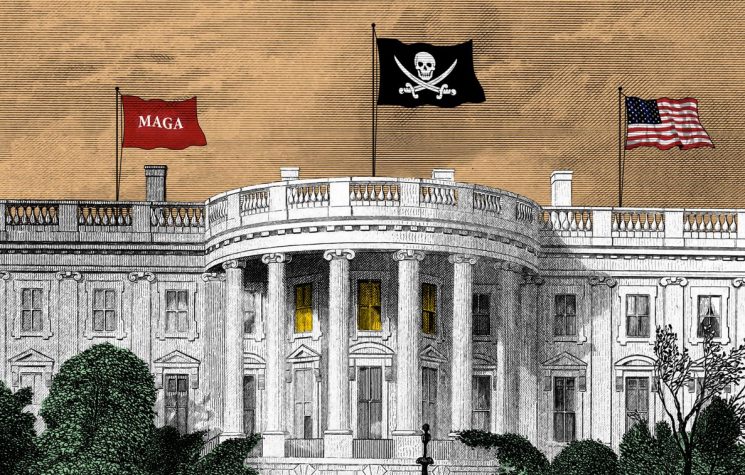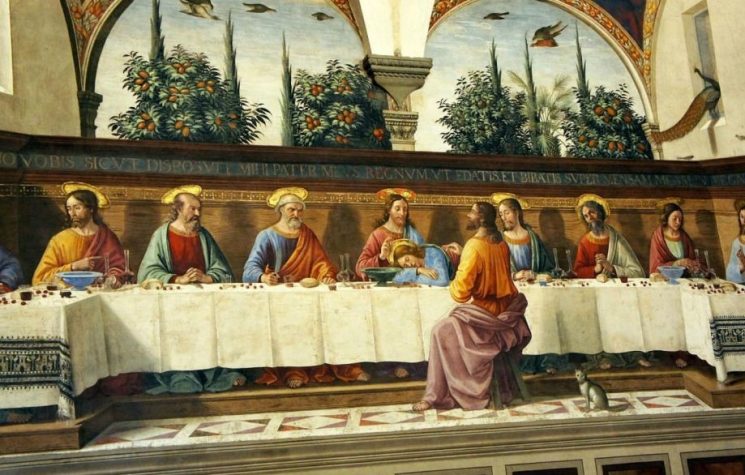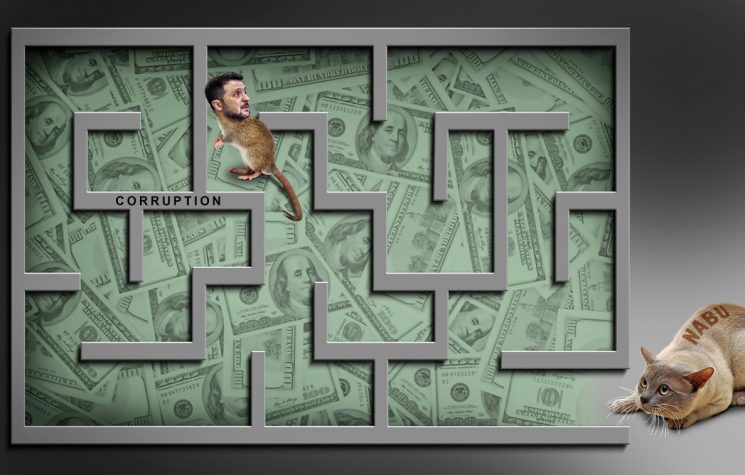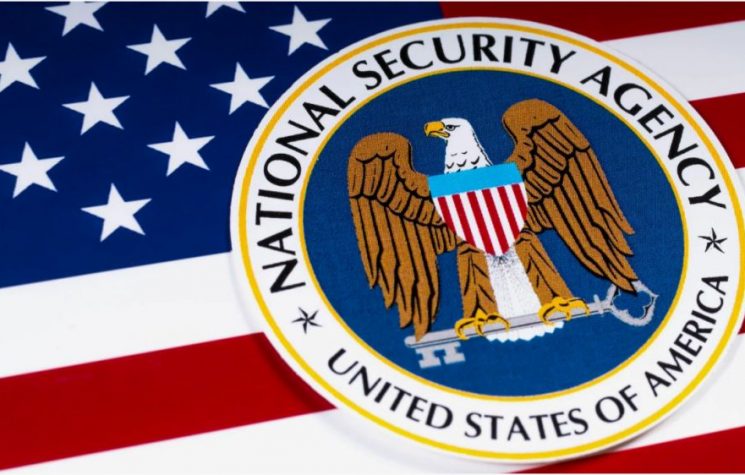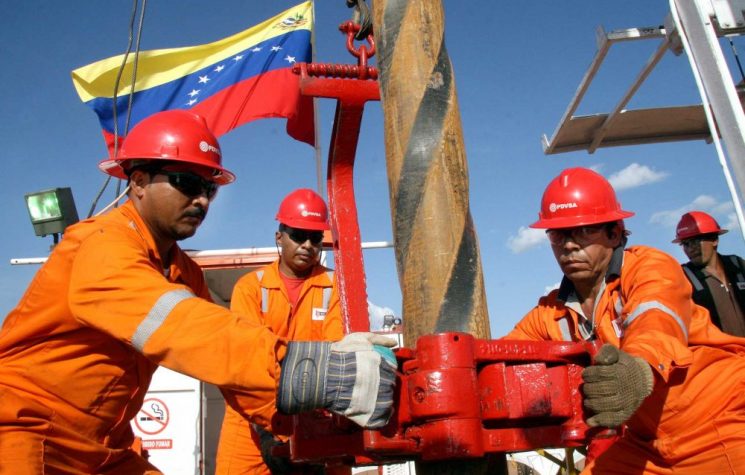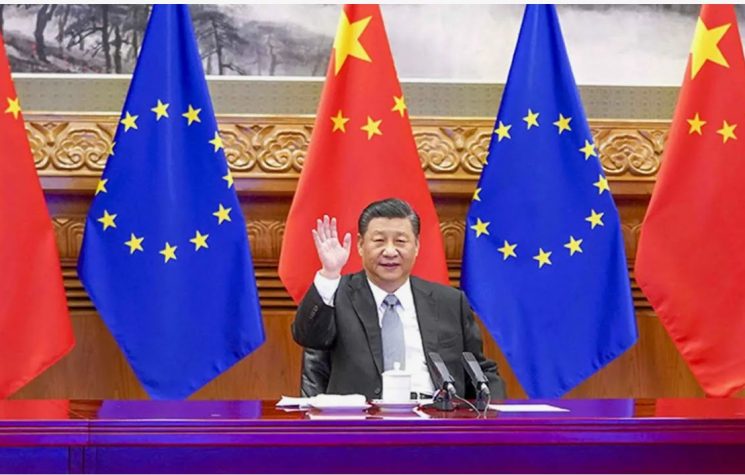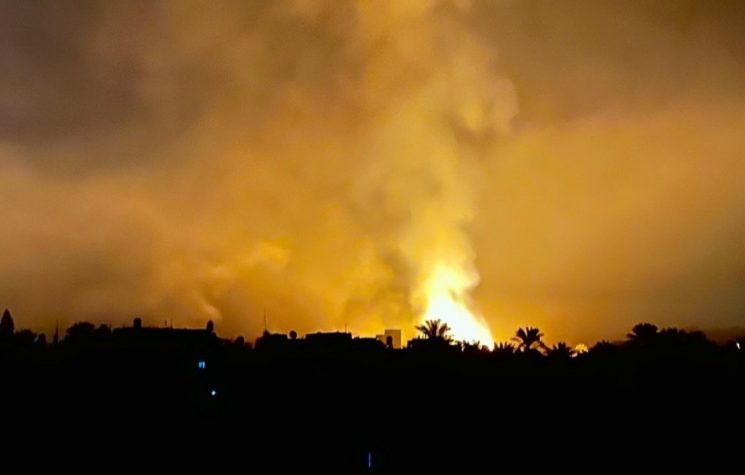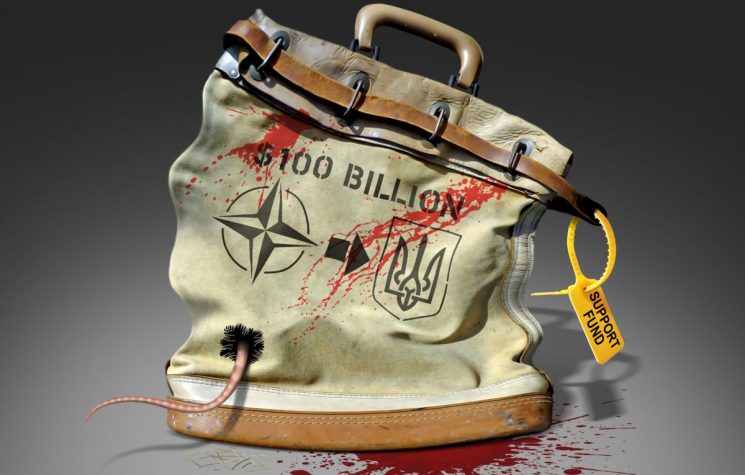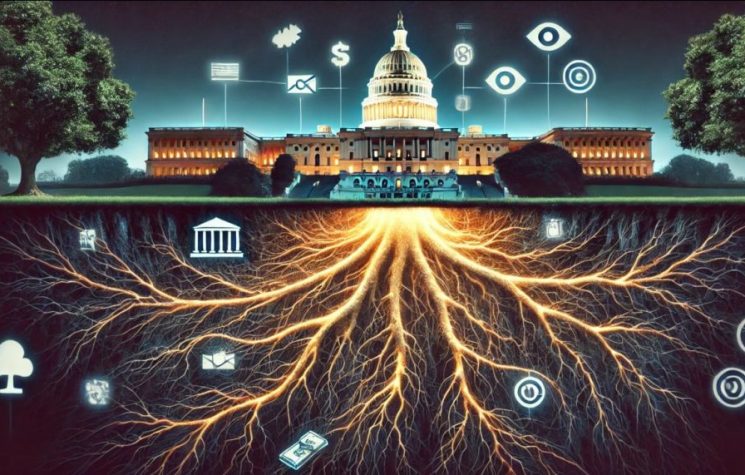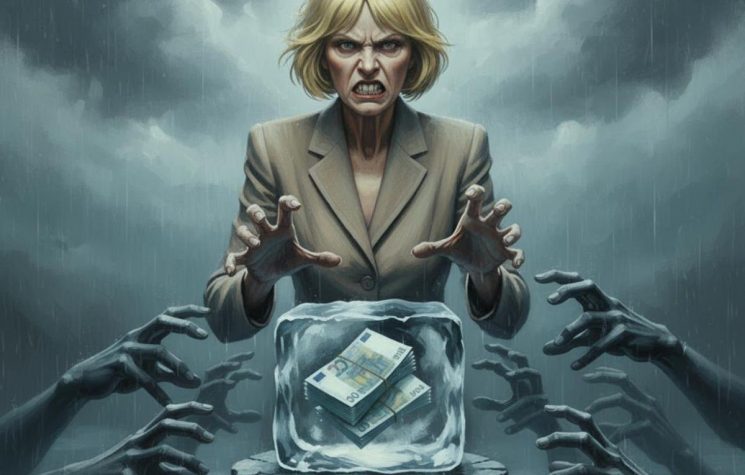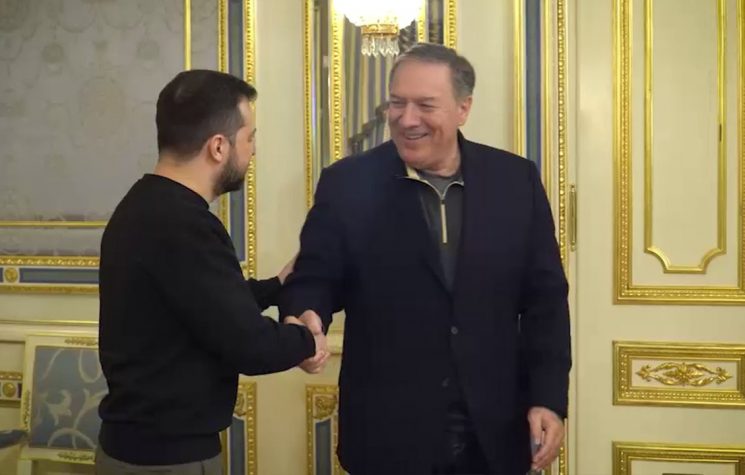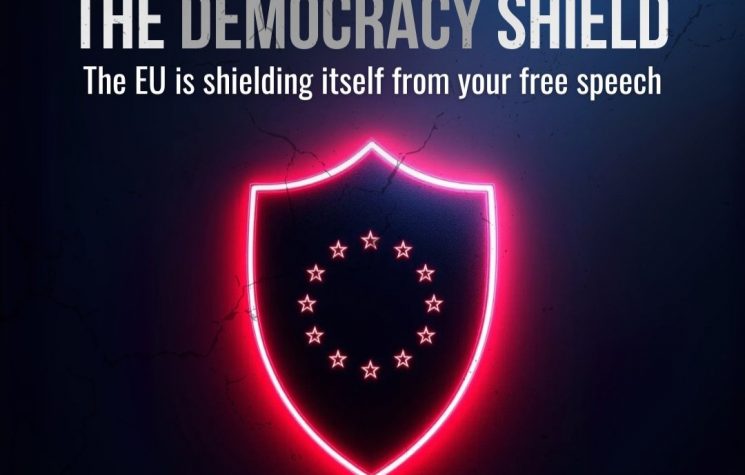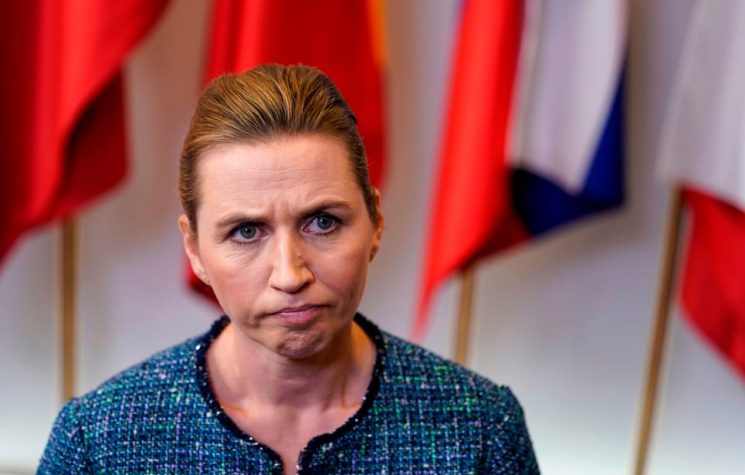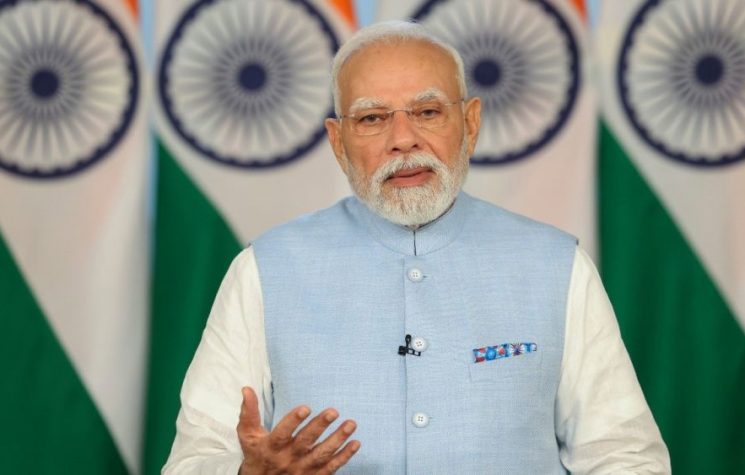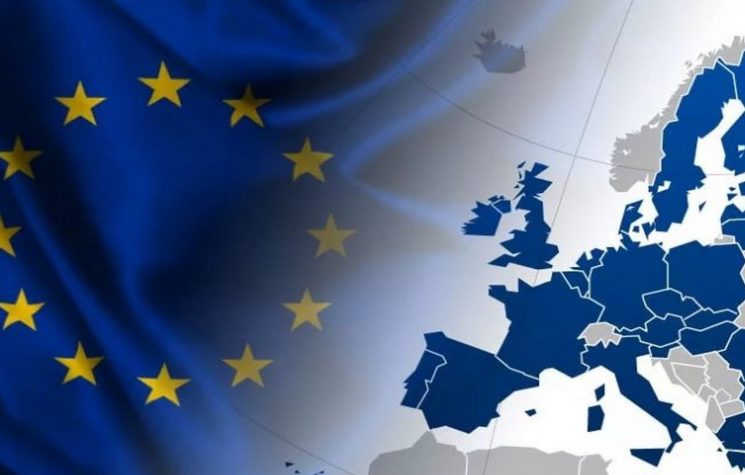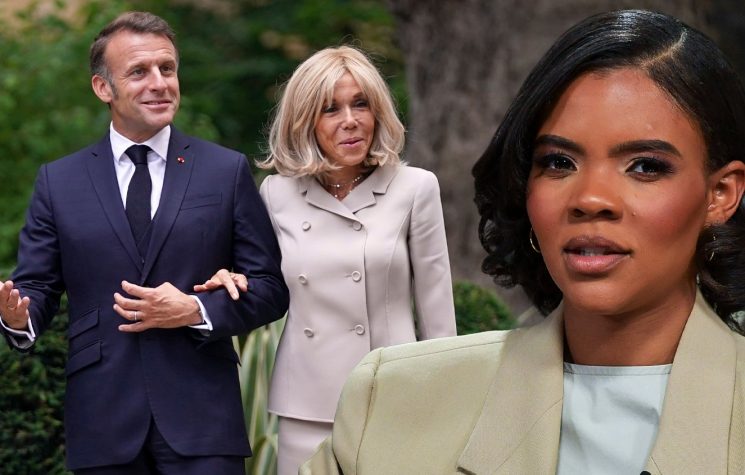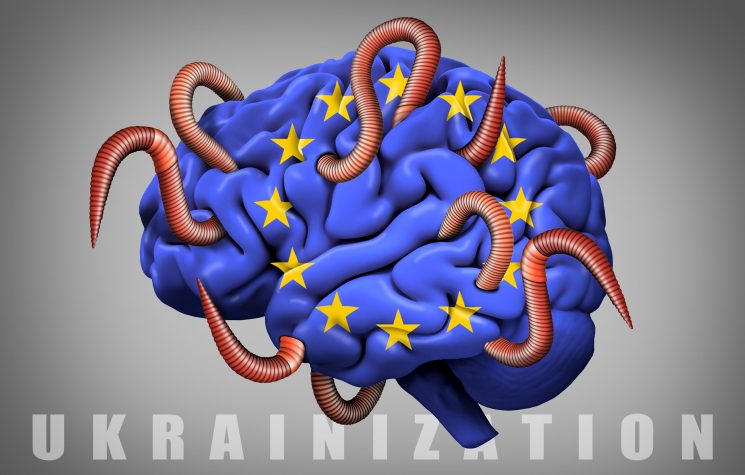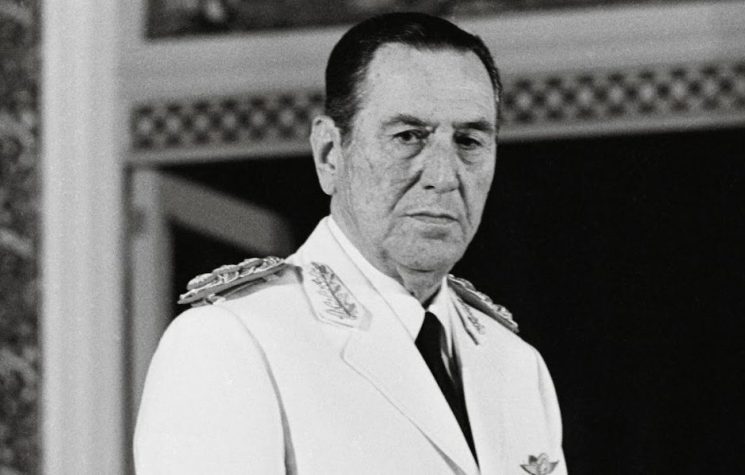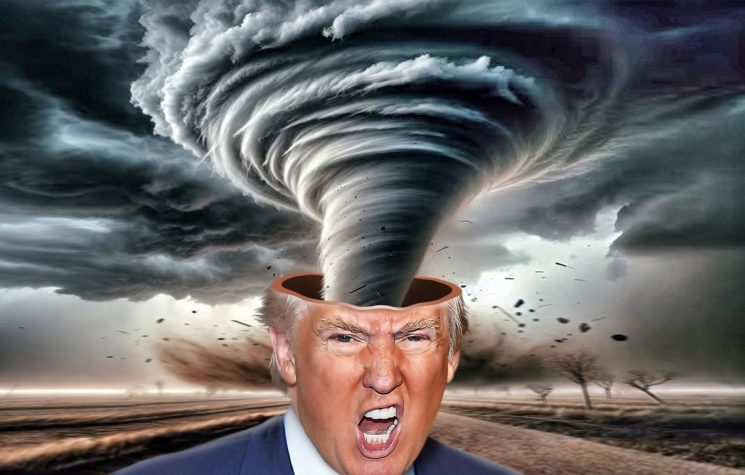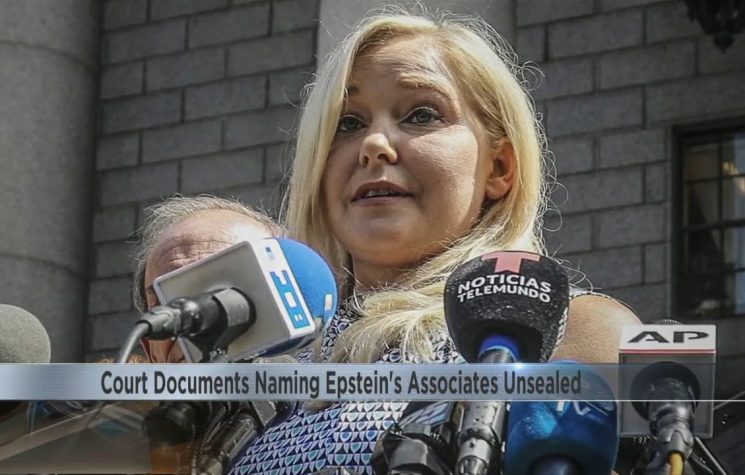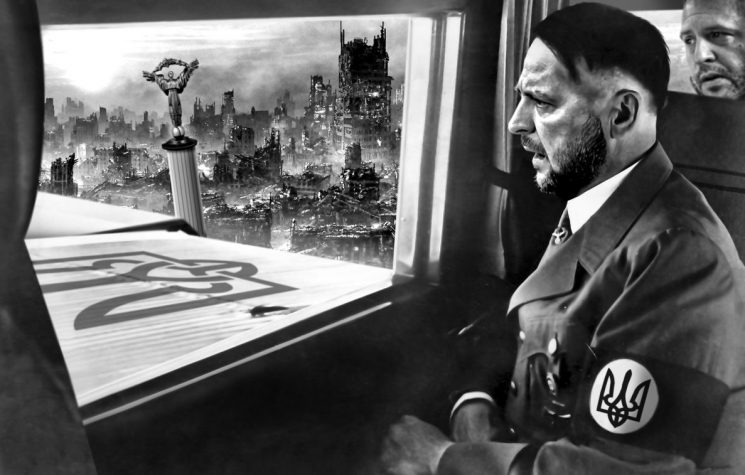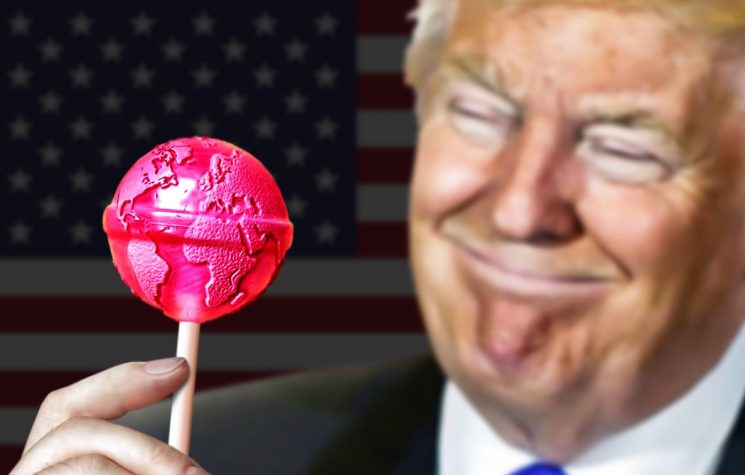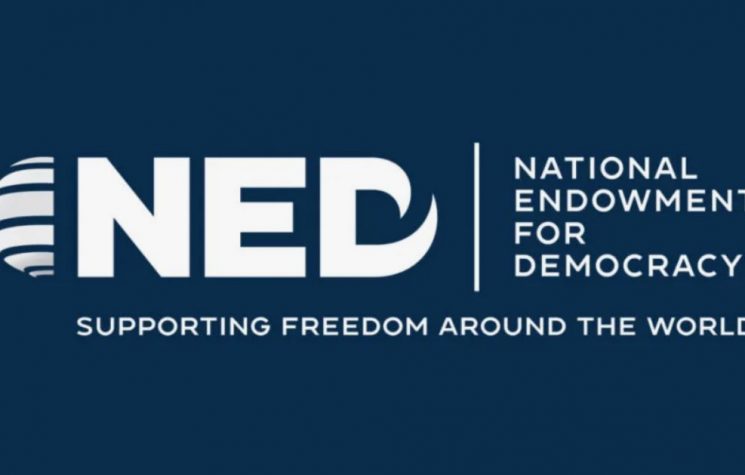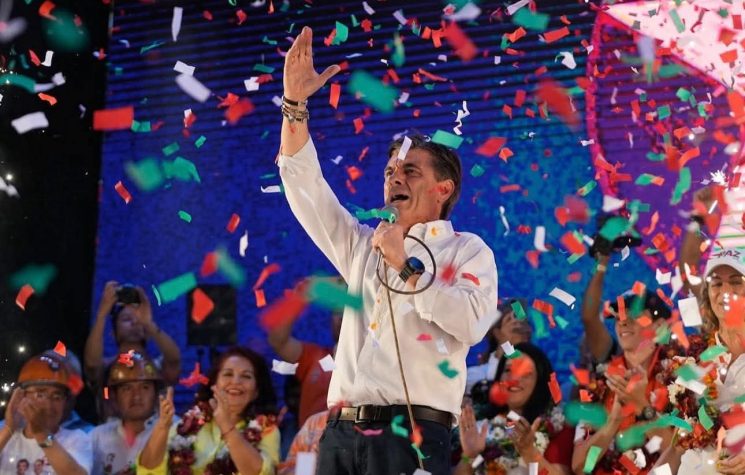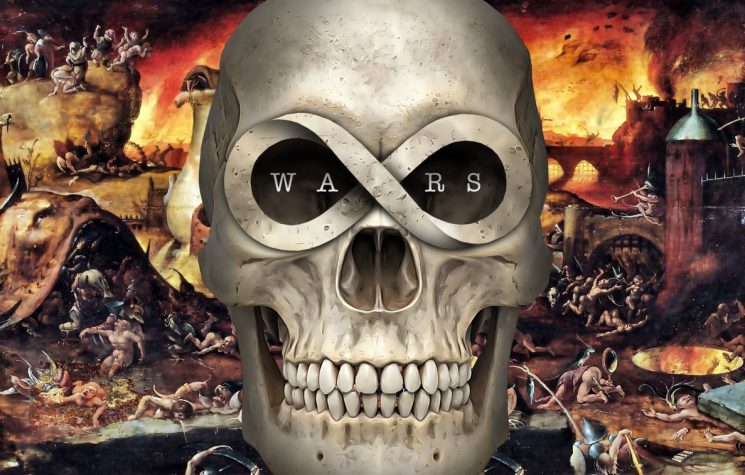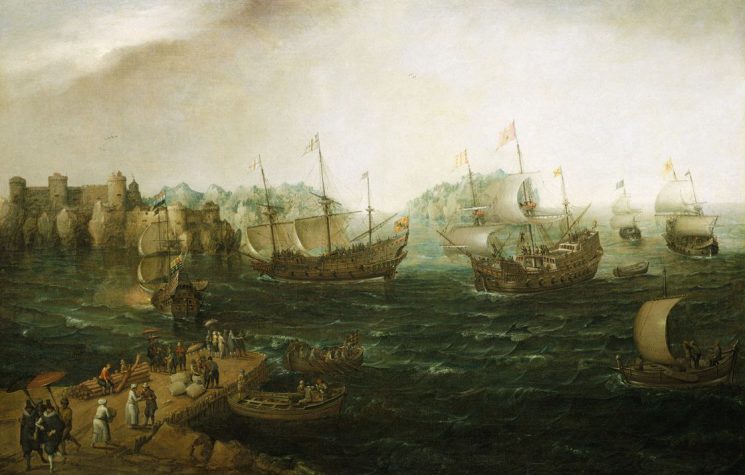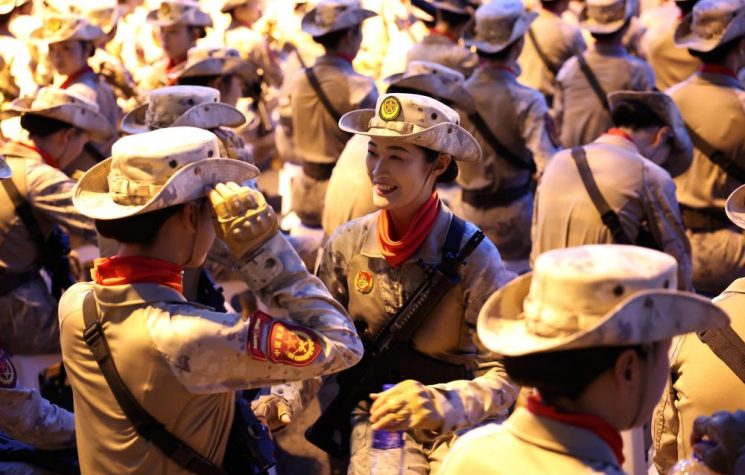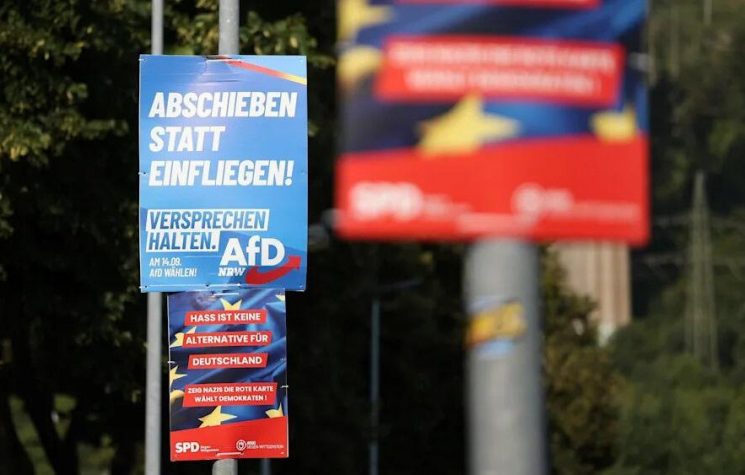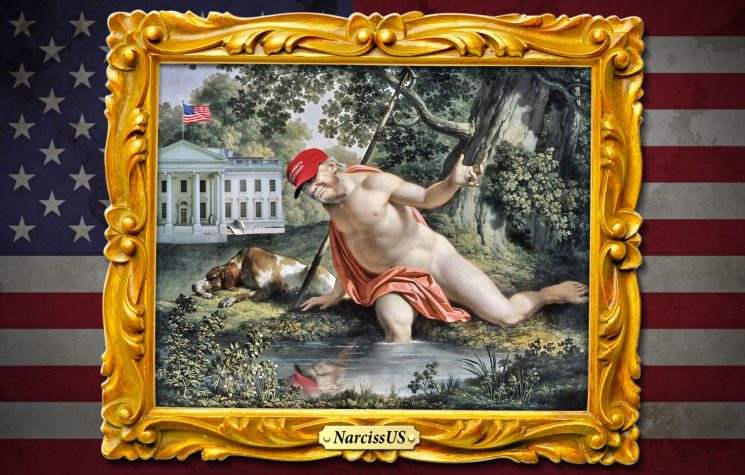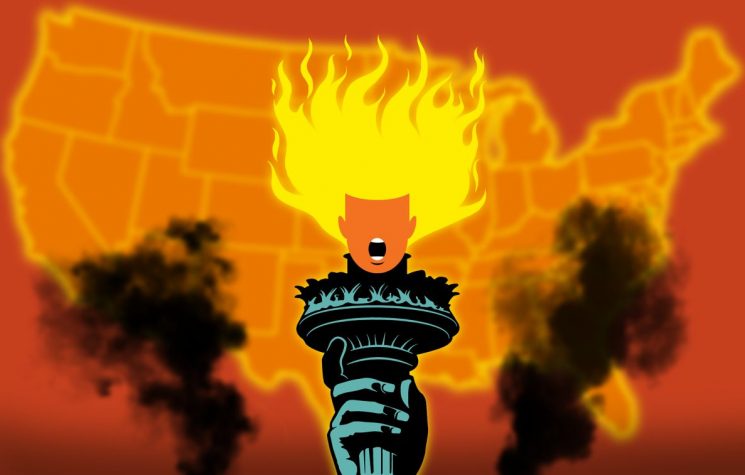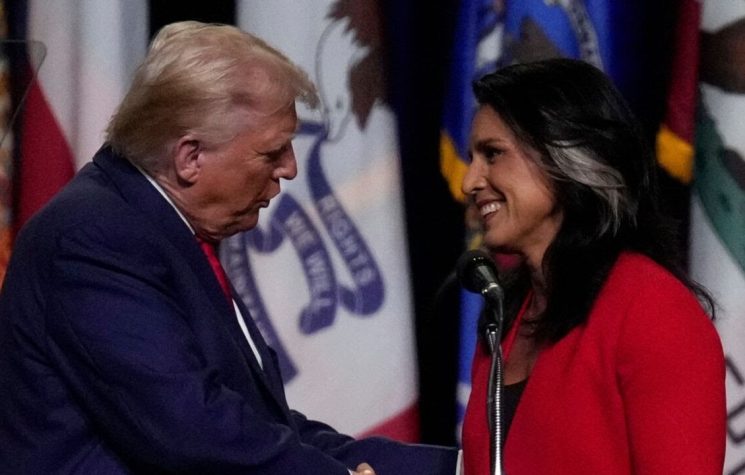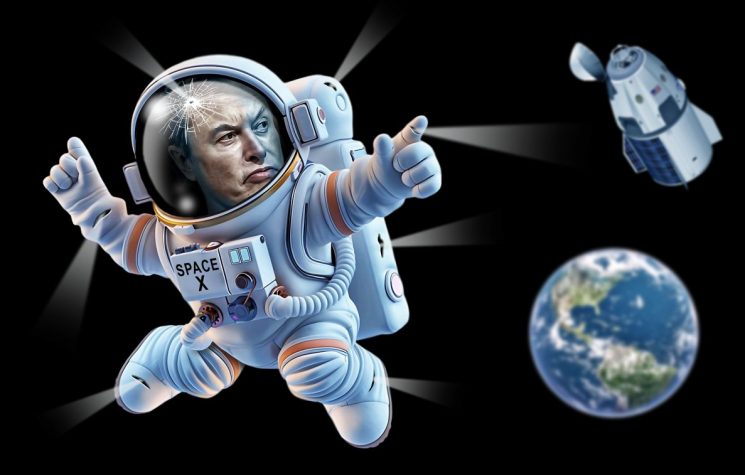The regional transformation came about because the U.S. and its toxic ‘with us, or against us’ doctrine was wholly excluded from the negotiations.
Can one arrive at a better grip on the dynamics behind the Russo–Sino ‘transformation’ sweeping the Middle East through visiting the points in the western Global Order that are at maximum high stress? Do these latter arcs of tension cast the regional Middle Eastern metamorphosis in a wider context? I believe they do.
The U.S. gives one clear example: For most of recent history, American liberal democracy was a Protestant mainline project – as Ross Douthat writes. “Our form of government has no sense, unless it is founded in a deeply felt religious faith”, Dwight Eisenhower said in 1952. The Constitution and Bill of Rights are the Protestant bones to that state of consciousness.
However, in the decades after Eisenhower, the mainline suddenly collapsed – declining numerically, and losing overt influence in all the institutions. Indeed, the traditionalist conservative opposition to the cultural transformation of the United States, more or less, lost its self-belief.
Subsequent efforts to revive some religious ‘Right’ failed to gel, primarily amongst the young. What took the mainstream’s place was the antagonistic conviction that liberalism “should not need a religious ‘ghost’ in the machine at all: There should just be liberal culture” – alone and on its own.
Thus liberal culture – often termed ‘woke’ – is a set of precepts that defies clear definition or nomenclature; one, which from the 1970s, drifted into a radical enmity towards the eclipsed ‘mainline’. Many pretend not even to have heard the term‘woke’.
Others (such as Professor Frank Furedi) have called the liberal shift from being merely adversarial, to being hegemonic, as in ‘our democracy’ to be, not a ‘turn’, but a rupture. Or, in other words, our project became not aimed just at rejecting previous cultural forms, but in erasing them altogether. In the political upheavals that followed, the political vocabulary of the West lost much of its salience. Left, Right, cultural Marxism – what reality is left to these labels today?
Woke defies nomenclature by treating politics as a matter of personal moral hygiene: It isn’t something you ‘do’; it is what you ‘are’. You think ‘right thoughts’ and utter ‘right speak’. Persuasion and compromise reflect moral weakness in this vision. Yes, it is cultural revolution.
But over time, the project kept on bumping up against the U.S. system’s gross contradictions, and its underlying endemic corruption and élite entitlement. Everywhere, it seemed, schisms were only deepening. ‘Old think’ was pushing back, but also since woke politics overwhelmingly is concerned with linguistics and the emotional, its’ practitioners were, and are, not very adept at doing real politics.
This essentially is what sets the Russian and Chinese approach apart. The latter do the real politics of compromise (which is so abhorrent to a ‘moral hygiene’ perspective that is more intent on inhabiting an elevated moral station).
In the failure to ‘achieve’ this hygienic society, an iconoclastic ‘turn’ was held to be essential – a shift to complete focus on ending those cultural and psychological structures in society, seen to perpetuate oppression, and to keeping ‘Old Think’ still ‘ticking over’.
Once you see these (oppressive) forces in operation, adherents believed, you can’t ‘unsee’ them; you are, well, “awake”, and you should refuse any analysis or explanation that doesn’t acknowledge and condemn how they have permeated western societies.
“Accepting this view also meant rejecting or modifying the rules of liberal proceduralism, since under conditions of deep oppression those supposed liberties are inherently oppressive themselves. You can’t have an effective principle of non-discrimination unless you first discriminate in favour of the oppressed. You can’t have real freedom of speech unless you first silence some oppressors”, Douthat concludes.
The point here, as it relates to the wider global context, is that despite the odds, the Traditionalists’ moral sensibility survived its initial collapse, and is resuscitating in new form, even as mainline formal religiosity has waned. Secondly, this episode underlines how the impulse to moral integrity is connected to past metaphysical structures and memories, albeit if only in the form of unconscious memory.
This clash of vision is the ‘contradiction’ at the heart of the western crisis. It is not clear whether it is susceptible of resolution, or whether ‘something will break’ in the system.
So let us turn now to a different crisis – this time in Israel: The crux of the contention lies again with the dichotomy inherent within an ‘idea’; the ‘idea’ of what is America, and what it is that is ‘Israel’?
One side holds that Israel was founded as a ‘balance’ between Jewishness and Democracy. The other says ‘nonsense’; Israel always was the establishment of Israel on the ‘Land of Israel’. Ostensibly, the crisis bringing hundreds of thousand Israelis on to the street is who has the final word on what is Israel: the Knesset (parliament) or the Supreme Court?
The clash comes from the Israeli Supreme Court having such broad powers of judicial review, that the judiciary may overrule the executive and—more controversially—the legislature. The Court, government supporters aver, then is anti-democratic by design; especially when, as in Israel, the appointment of judges is insulated from popular endorsement. Lacking a constitution, the Court is instead governed by a set of ‘basic laws’ which has allowed its judiciary to claim ever greater jurisdiction and privilege of judicial review.
The question becomes not only ‘what is Israel’, but what is ‘democracy’.
Ami Pedahzur, a political scientist studying the Israeli Right, explains that the religious Right “has always considered the Israeli Supreme Court to be an abomination”.
Of course, it is more complicated than that: Like in the U.S., two primal forces are pitted against one another, with little prospect of any reconciliation. One loose approximation would be that the crisis pits mainline Ashkenazi Jews, hailing from European countries, against underdog Mizrahi Jews, who hail from the Middle East and North Africa (roughly speaking).
Although the latter make up a little more than half the population, only 1 of 15 Supreme Court seats is occupied by a Mizrahi jurist.
In this sense, threatening to circumscribe the Court’s review powers over which the Israeli voter has no direct influence is seen by the government as ‘pro-democracy’. Nonetheless, Netanyahu’s opponents in Israel and in the U.S., accuse him of attempting to undermine, or even, to destroy ‘Israeli democracy’.
Here, the ‘shoe is on the other foot’ to that of the U.S. It is an inversion of the American situation. The Israeli ‘mainline’ (i.e., the establishment controlling Israel’s power foci) is secular (and mainly liberal Ashkenazi). It is the Netanyahu government which is seeking to reinstate Jewishness as a moral basis for society:
“They want a Jewish state, which they believe is predicated on traditional values – and isn’t a carbon copy of Berlin or London or New York; they want that state to be democratic, by which they take to mean letting voters – not unelected and unaccountable officials, shape policy”, Liel Leibovitz writes.
Angry protestors in Israel and in the Biden Administration flatly reject these cultural norms, and insist on the superior virtue of liberal democracy. And additionally, that you cannot have real democracy until ‘democracy’s opponents’ and exceptionalist biases have been cancelled, and removed from proximity to power.
The White House is angry, ostensibly at the ‘threat to liberal democracy’, but more tellingly, because Team Biden fears Israel is tilting towards Russia, thus rupturing western ‘unity’ versus Russia. Team Biden fears that Netanyahu’s Israel will triangulate, pitting the U.S. against Russia. This anxiety, in its backhanded way, reveals the fear of the ‘Rules-Order’ and dollar hegemony fragmentation to the thrall of the Russian and Chinese vision of sovereign societies structured around legacy moral precepts.
To be very plain, the western liberal cultural revolution’s shift from being merely adversarial to a project not aimed just at rejecting previous cultural forms, but in erasing them altogether is what is being globally rejected and collapsing. A new moral-cultural sensibility is rising, even as formal institutions of religion have ebbed. It is that which is articulated by Presidents Xi and Putin.
Again simply put, Russia’s quiet, background revival of Orthodoxy and China’s of Taoist and Confucian values as the possible framework against which the regulation of modern technological society can be set – in no small part – has opened the path to metamorphosis and the inflection gripping much of the world.
Sunni Islam in the late 19th century tried to merge Islam and modernity, but with little success. What the Russo-Sino model seems to offer is a way to bring traditional meanings back into an otherwise hollow modernity, but without creating a separate, stand alone, religious regulatory structure.
Again, this shift is happening in the U.S.; it is happening in Israel; so why not across the Middle East?
The transformative effect of the Chinese-Russian entente on global politics affirms this crucial ideological transformation of our time. It brings to an end a long cycle of (sometimes enforced) westernisation of non-western societies dating back to Peter the Great’s founding of St Petersburg in 1703. A new cycle of cultural consciousness is in the process of forming.
This month, China struck an accord for a new regional security architecture by bringing together Saudi Arabia and Iran. Also in March, President Assad – long a pariah for the West – could be seen making a State Visit to Moscow – with full honours; and days later, was visiting the UAE. At the same time, Iraq and Iran signed a security co-operation agreement designed to end the U.S.-inspired Kurdish insurgency strikes into Iran. And President Raisi has been invited to Riyadh by King Salman, after Eid.
Could we have entertained such a concatenation of events, even one year ago? No!
Israel today is displaying what a society looks like when it is so riven that it hovers at the cusp of breakdown. The scope for any resolution is fleetingly small; the contradictions are too great. And to be clear, Israel is not alone in this plight whence the normal means of defusing conflicts are gone. France, Germany and the UK are mired in country-wide protests. More European states may follow.
The ostensible issue is always the same: elections in Europe, as in Israel, ‘come and go’. Some are won, time and again, but the winners never hold power in the true sense of the word. Through the judiciary, the bureaucracy, the defence establishment, academia, cultural elites, the media, and economic wheeling and dealing, the liberal cultural hegemony persists in power.
Put starkly, in Israel, this failure of ‘being in power’ is seen to be existential to the Religious Right who say it’s clear: Without Judaism we have no identity, and no reason to be in this land.
Lack of societal meaning – and the dead hand of ubiquitous identity politics – is turning deadly. More so in the West, since the woke Revolution has not exhausted itself. In the rest of the world however, the transition to ‘meaning’, to the reason to be, what we ‘are’, is easier, since woke never gained real traction.
Israel looks to be the ‘canary in the mine’ for how the U.S. and Europe might look – once the contradictions of a decaying society at home can no longer be papered over. But for the Middle East region, it’s over. It has decided to ‘move on’. Collectively it can see that the world is on the cusp of a new era and is looking East. Washington may try to present these changes as if some form of Henry Kissinger ‘triangulation’ (as David Ignatius suggests).
The brutal truth however, is that this regional transformation came about precisely because the U.S. and its toxic ‘with us, or against us’ doctrine was wholly excluded from the negotiations.
Moral integrity is reviving, and this is what matters.








